Have you ever noticed your dog looking bored or restless, especially on rainy days when outdoor adventures are off the table? The truth is, a bored dog can quickly turn into a mischievous one, finding entertainment in ways you’d rather avoid—like chewing your favorite shoes or barking at invisible “intruders.” But what if you could transform your home into a wonderland of excitement and brain-boosting fun, all without spending a fortune? Whether you live in a tiny apartment or a spacious house, there are so many creative, wallet-friendly ways to keep your dog’s mind busy and happy. Get ready to discover how small changes can make a world of difference for your furry friend!
Interactive Food Puzzles
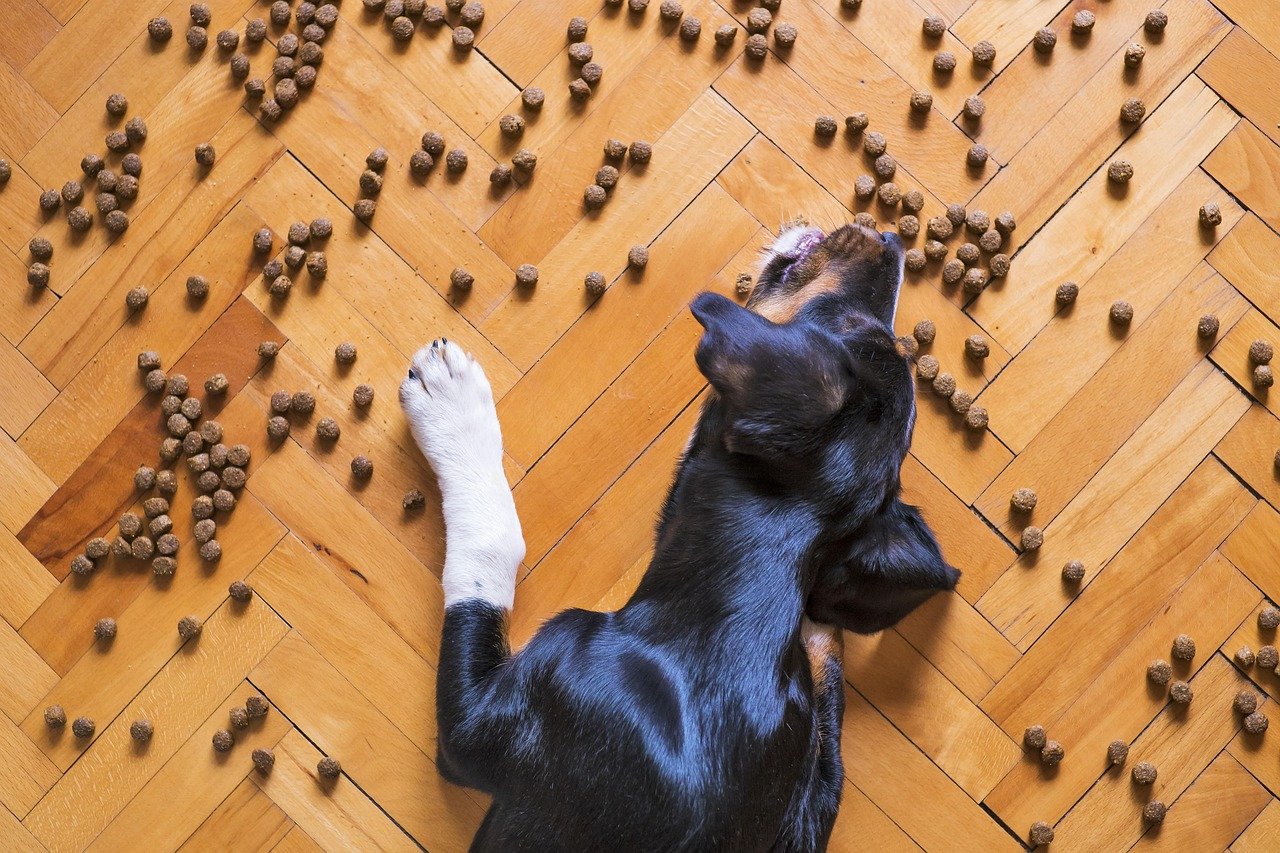
Food puzzles are an incredible way to stimulate your dog’s brain and keep them occupied for longer stretches of time. These clever toys require your pup to think, nudge, and paw their way to tasty treats hidden inside. The best part? You don’t have to buy fancy gadgets—simple DIY puzzles using muffin tins, tennis balls, or even folded towels can work wonders. Just scatter kibble or small treats in the compartments, cover them with the balls or towels, and watch your pup get to work.
This kind of mental challenge not only entertains but also helps slow down fast eaters, making mealtime an adventure rather than a race. Dogs love the “hunt” for food, and these puzzles tap into their natural problem-solving instincts. You’ll be amazed at how focused and determined your dog becomes, and you might even catch a tail wag of satisfaction when they finally nab that hidden reward. It’s a simple, affordable way to turn a regular meal into a stimulating game.
Hide and Seek
Remember how much fun playing hide and seek was as a kid? Dogs love it just as much! This classic game is not only free but also incredibly engaging for your furry friend. Start by asking your dog to sit and stay, then go hide somewhere in your home—behind a door, under a table, or in a closet (just make sure it’s safe!). Call your dog’s name and let them sniff their way to you.
This activity taps into their natural tracking instincts and helps them practice recall skills in a playful way. The excitement of searching and the joy when they finally find you creates a wonderful bonding experience. If your dog is new to the game, you can make it a bit easier at first, hiding in more obvious spots and offering lots of praise and treats when they succeed. As your dog gets better, you can make the hiding spots trickier, keeping the challenge fresh and fun.
Teach New Tricks
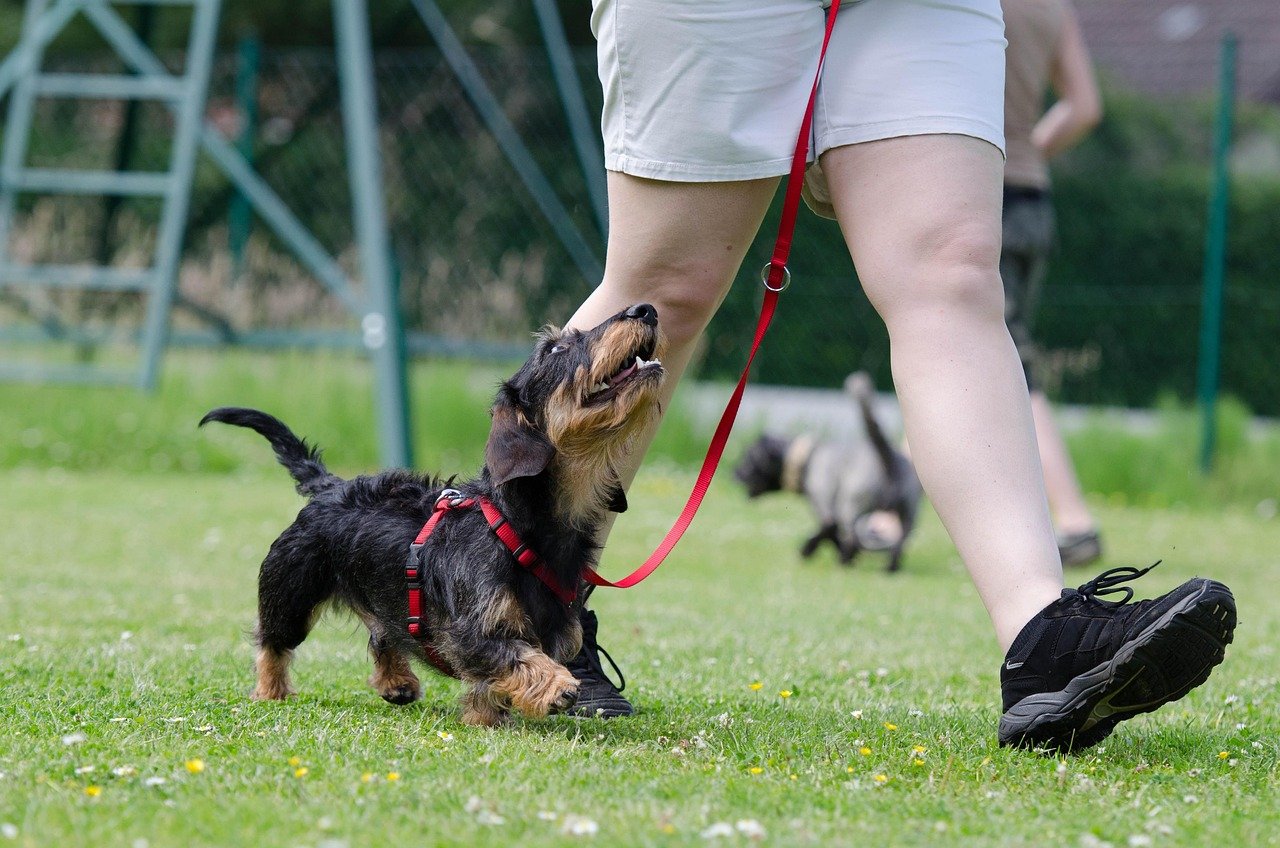
Teaching your dog new tricks isn’t just about impressing your friends—it’s a fantastic way to give their mind a workout. Dogs thrive on learning, and even older pups can pick up new skills with a little patience and encouragement. Start with simple commands like “spin,” “shake,” or “roll over,” and gradually move on to more complex ones.
Training sessions don’t have to be long; even five or ten minutes a day can make a huge difference. Use positive reinforcement—think treats, toys, and lots of praise—to keep your dog motivated and eager to learn. Not only does this build your dog’s confidence, but it also strengthens your bond and makes everyday life together smoother and more enjoyable. Remember, it’s not about perfection; it’s about having fun and celebrating progress, no matter how small.
Homemade Tug Toys
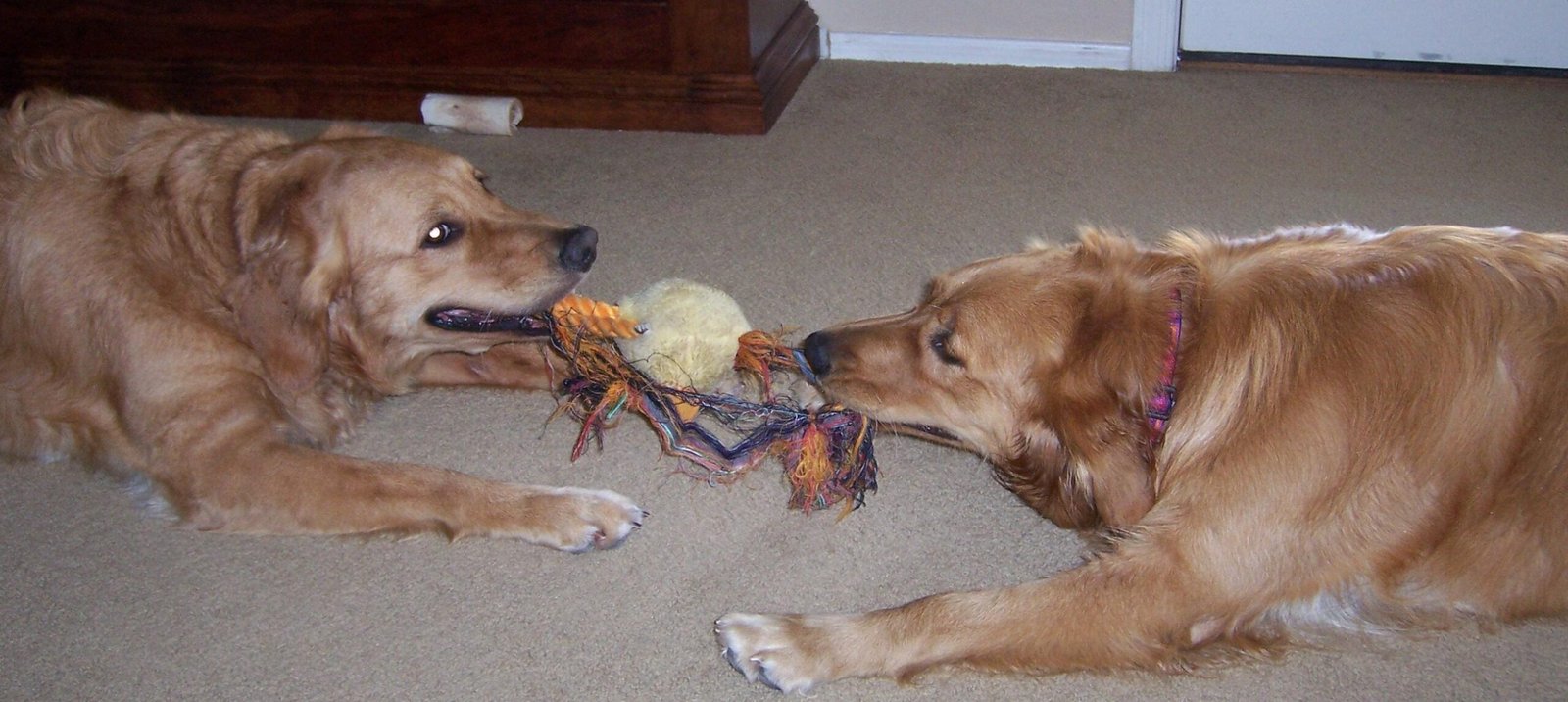
You don’t need to spend big bucks on fancy toys when you can make your own right at home. Old t-shirts, towels, or even socks can be braided or knotted into sturdy tug toys that your dog will love. Tug-of-war is a great way to burn off energy, but it’s also surprisingly stimulating for your dog’s mind as they figure out how to “win” the game.
This activity teaches impulse control and helps reinforce listening skills when you ask your dog to “drop it” or “leave it.” Always supervise tug games to ensure safety and keep things positive—if your dog gets too excited or mouthy, take a break. Homemade toys are not only budget-friendly but also allow you to recycle old clothes, making this a win-win for both your dog and the environment.
Shell Game
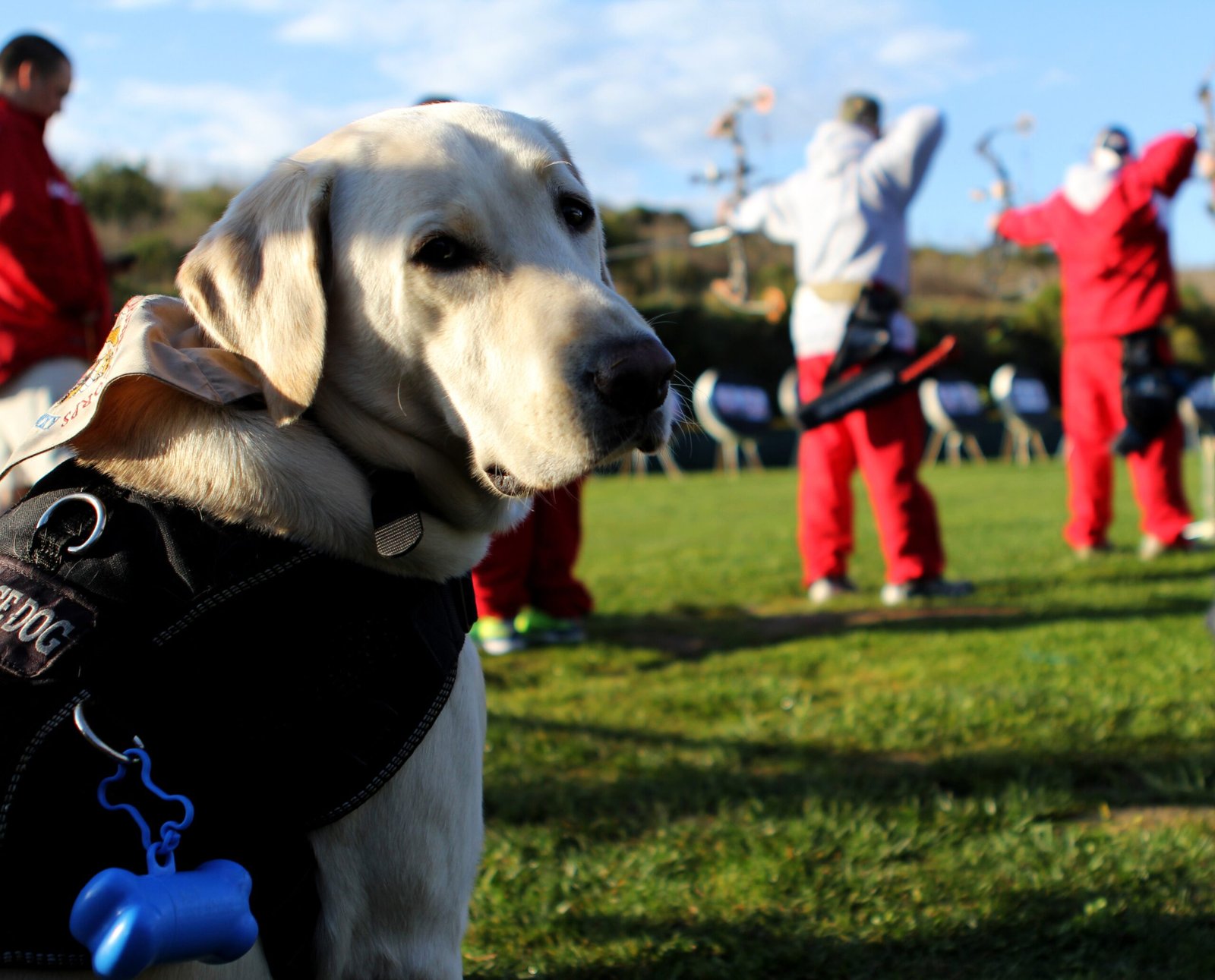
The classic shell game isn’t just for street magicians—you can play it at home with your dog using simple household items. All you need are three cups and a delicious treat. Place the treat under one cup, shuffle them around, and encourage your dog to find the hidden snack.
This game is fantastic for sharpening your dog’s memory and problem-solving abilities. It also encourages focus and patience, as your dog learns to use their nose and paws to uncover the prize. Start with slow, easy moves, and as your dog gets better, increase the difficulty by shuffling faster or adding more cups. The sense of accomplishment your dog feels when they “win” makes this game both rewarding and fun.
Obstacle Courses
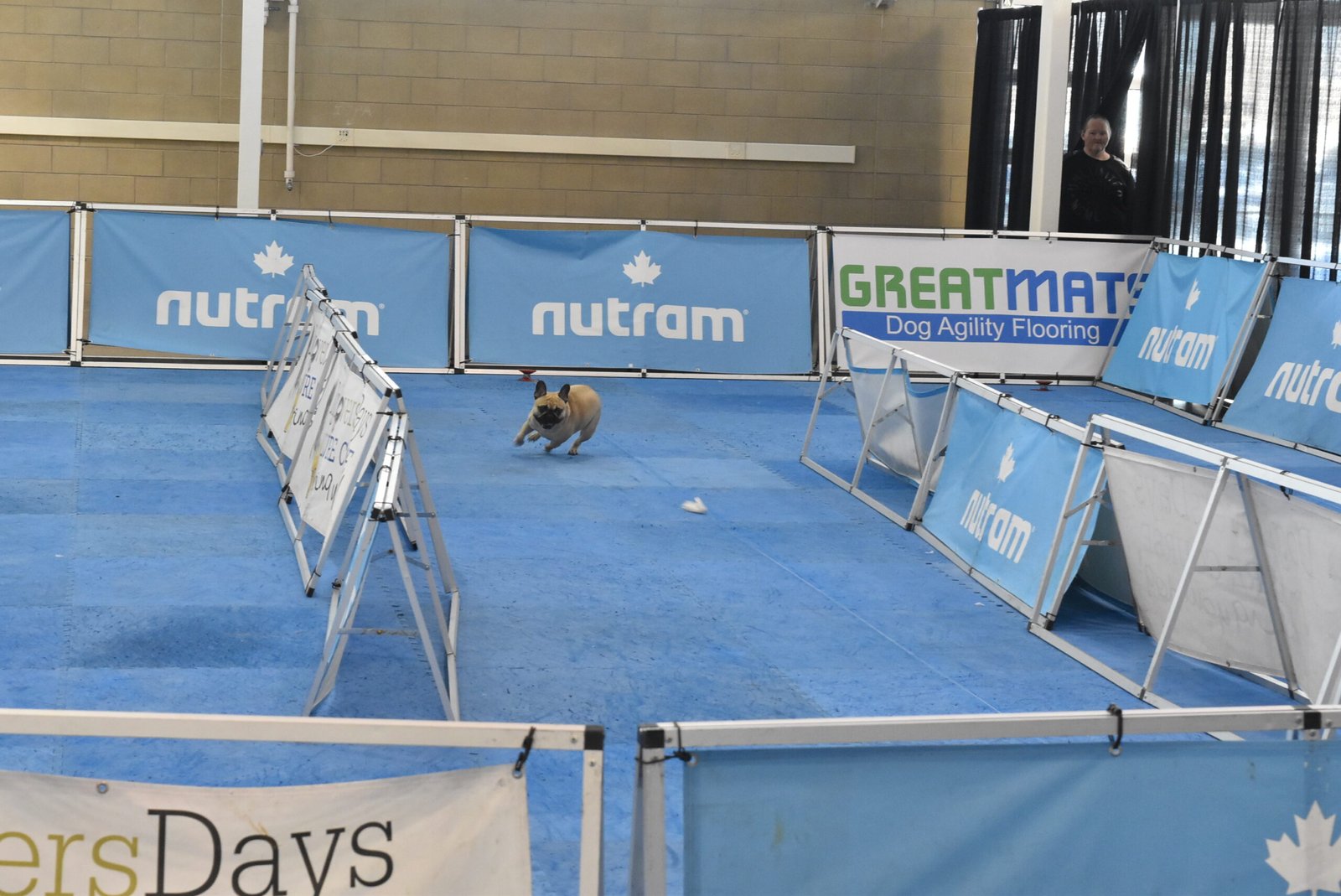
Transform your living room into a mini agility course using pillows, chairs, broomsticks, and laundry baskets. Dogs love the challenge of weaving between obstacles, jumping over cushions, or crawling under tables. Setting up a course doesn’t have to be complicated—use whatever you have on hand and let your imagination run wild.
Running through an obstacle course not only provides physical exercise but also challenges your dog’s mind as they figure out the best way to navigate each section. You can guide your dog with treats or toys, gradually increasing the difficulty as they get the hang of it. This is a great way to add variety to your dog’s day and shake off the indoor blues, all while building trust and teamwork.
Find the Toy
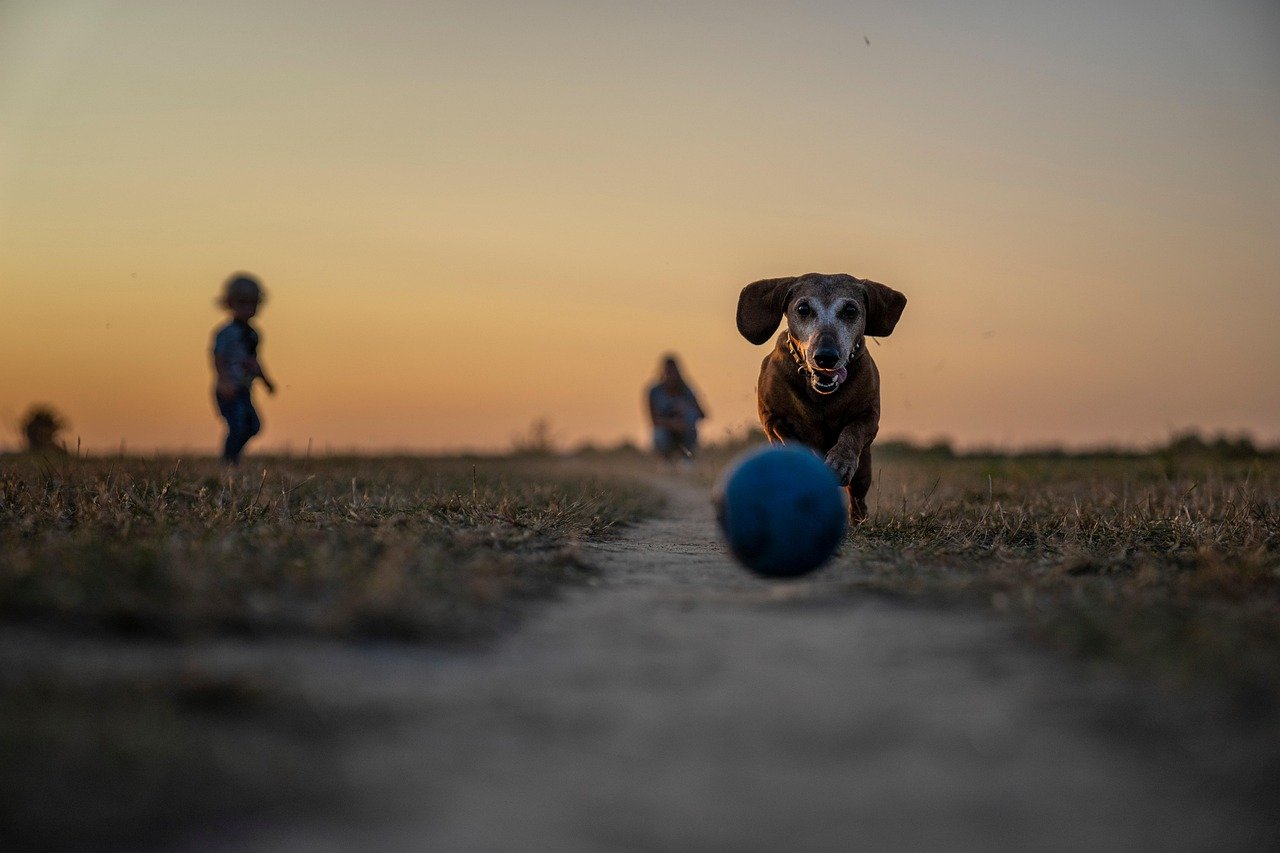
Dogs have incredible noses, and you can turn this natural talent into a fun game by hiding their favorite toy somewhere in the house. Start by letting your dog see the toy, then ask them to stay while you hide it. Once it’s hidden, encourage them to “find it!” and watch as they search high and low for their beloved plaything.
This search-and-find activity taps into your dog’s instinct to hunt and sniff, providing a wonderful mental challenge. You can make it easier for beginners by hiding the toy in obvious places, then gradually make the game harder as your dog improves. Each successful find boosts your dog’s confidence and gives you both a reason to celebrate together.
DIY Snuffle Mats
A snuffle mat is like a treasure map for your dog’s nose, and you can easily make one with fleece strips and a rubber mat. All you have to do is tie the strips through the holes, then scatter treats or kibble among the fabric for your dog to sniff out. This low-cost project delivers hours of entertainment and a satisfying workout for your dog’s brain.
Snuffle mats encourage natural foraging behavior, slowing down speedy eaters and keeping your pup engaged. If you don’t have the materials to make a mat, you can achieve a similar effect by hiding treats in a rolled-up towel or among crumpled paper in a box. Watching your dog sniff, dig, and search is not only adorable but also proof that a little creativity can go a long way.
Rotate Toys Regularly
It’s easy for dogs to lose interest in toys that are always lying around. Instead of buying new ones, try rotating their existing toys every few days. Keep a few toys out at a time and swap them for others from your stash to make old favorites feel brand new again.
This simple strategy keeps your dog curious and excited, encouraging them to re-engage with toys they might have otherwise ignored. It’s a bit like rediscovering a book you haven’t read in ages—suddenly, it feels fresh and interesting all over again. You’ll be surprised at how much joy your dog gets from “new” toys, and it won’t cost you a penny.
Practice Scent Work
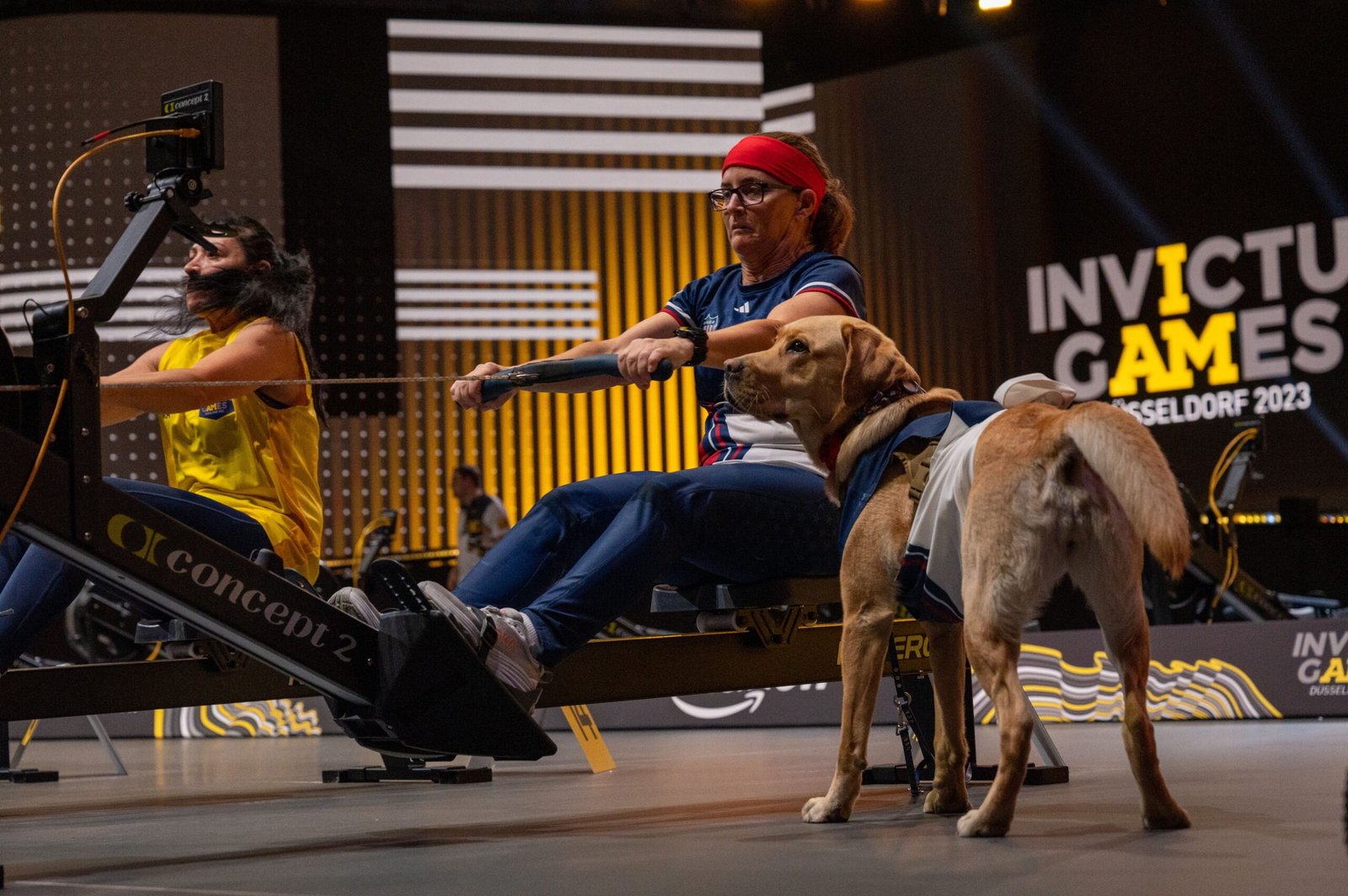
Scent work is one of the most rewarding and natural activities for dogs, and you don’t need any special equipment to get started. Hide small treats around your home—in corners, under rugs, or behind furniture—and encourage your dog to use their nose to find them. This game exercises their sense of smell and their problem-solving skills at the same time.
As your dog gets better at finding easy treats, you can increase the challenge by hiding them in more difficult spots or using a scent you’ve rubbed on a toy. Scent work is mentally tiring, so even short sessions can leave your dog feeling happily worn out. Plus, it’s a great way to keep dogs of all ages, sizes, and abilities entertained indoors.
Learning Names of Toys
Did you know some dogs can learn the names of dozens of toys? Challenge your pup to become a “toy genius” by teaching them the names of their favorite playthings. Start with one toy—say its name as you show it to your dog, and reward them for picking it up or touching it. Gradually add more toys and practice asking your dog to fetch each one by name.
This game is like a fun memory test and is fantastic for mental stimulation. Not only does it build your dog’s vocabulary, but it also strengthens the bond between you as you communicate and celebrate each tiny victory. Imagine the bragging rights when your dog can fetch “blue bear” or “squeaky duck” on command!
Short Training Sessions with New Skills
Even after your dog has mastered the basics, there’s always something new to learn. Try teaching practical skills like “go to your bed,” “turn off the light” (with a nose touch), or even “bring the remote.” These short, focused training sessions keep your dog’s brain active and help them feel useful and proud.
Break new skills into small steps and reward every effort, no matter how small. Keep the sessions upbeat and end on a positive note, so your dog associates learning with fun and success. Not only will your dog enjoy the challenge, but you’ll also find daily life a little easier and more entertaining with a clever canine companion by your side.





